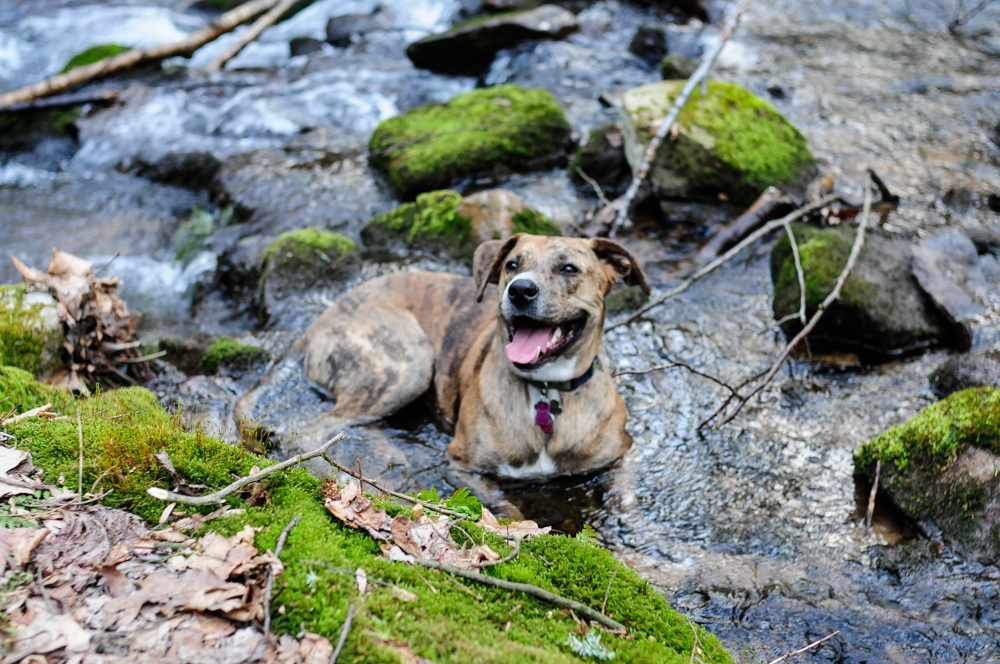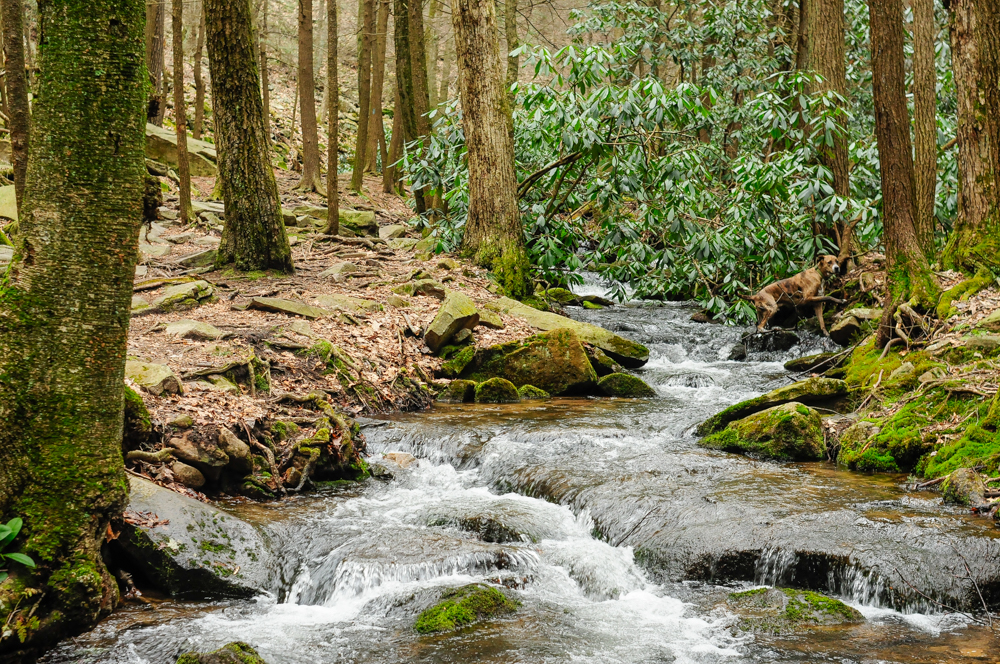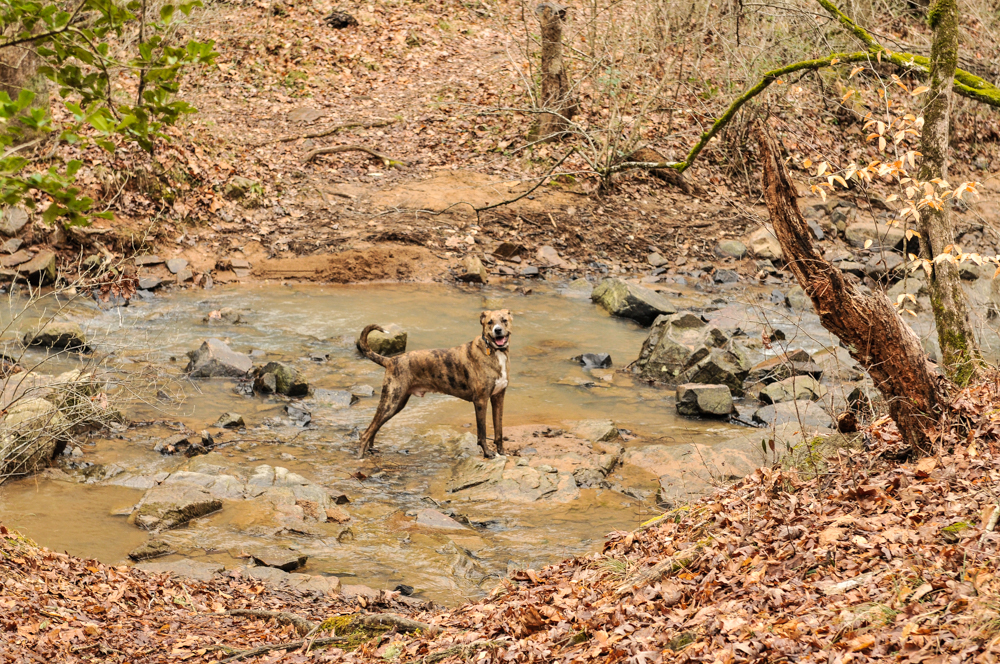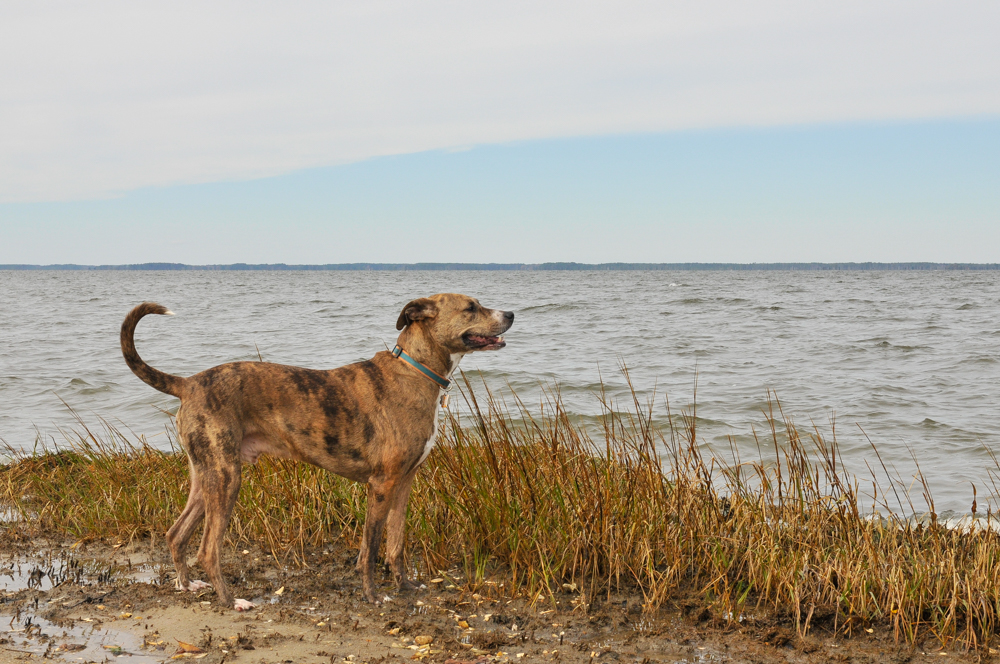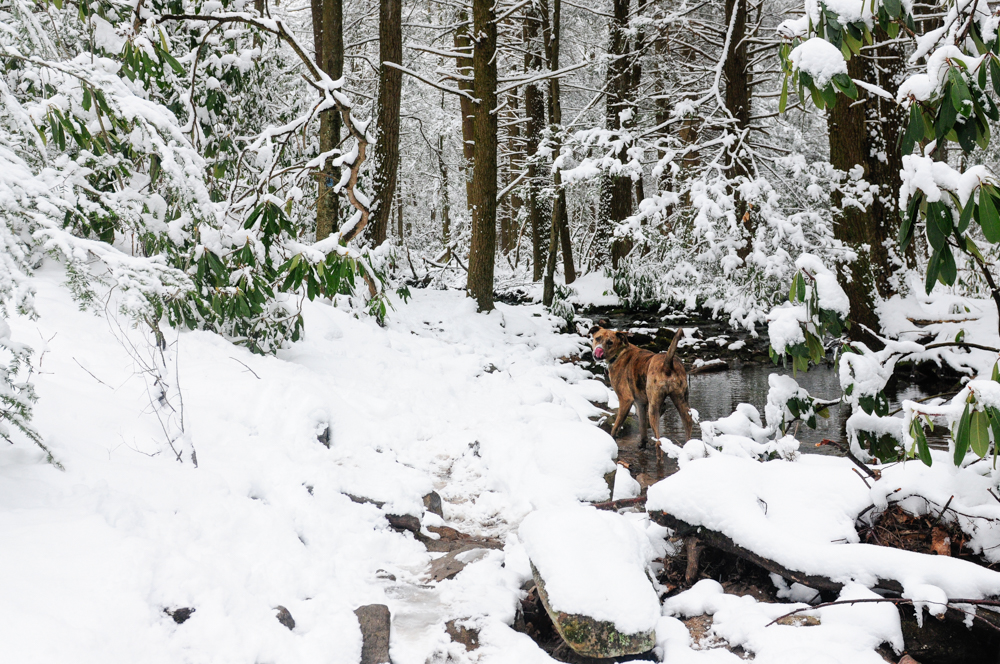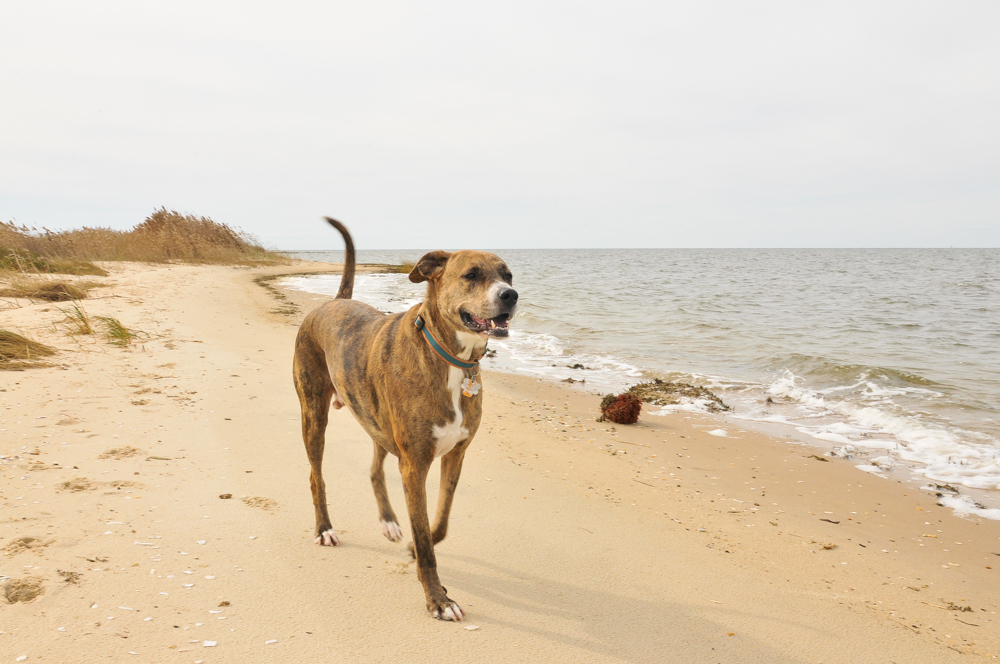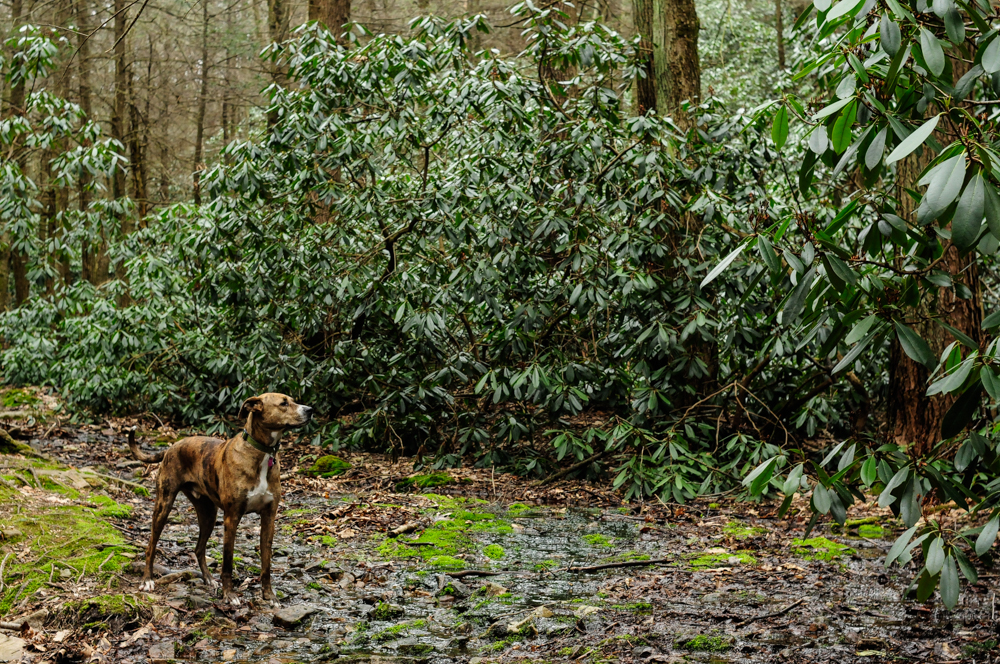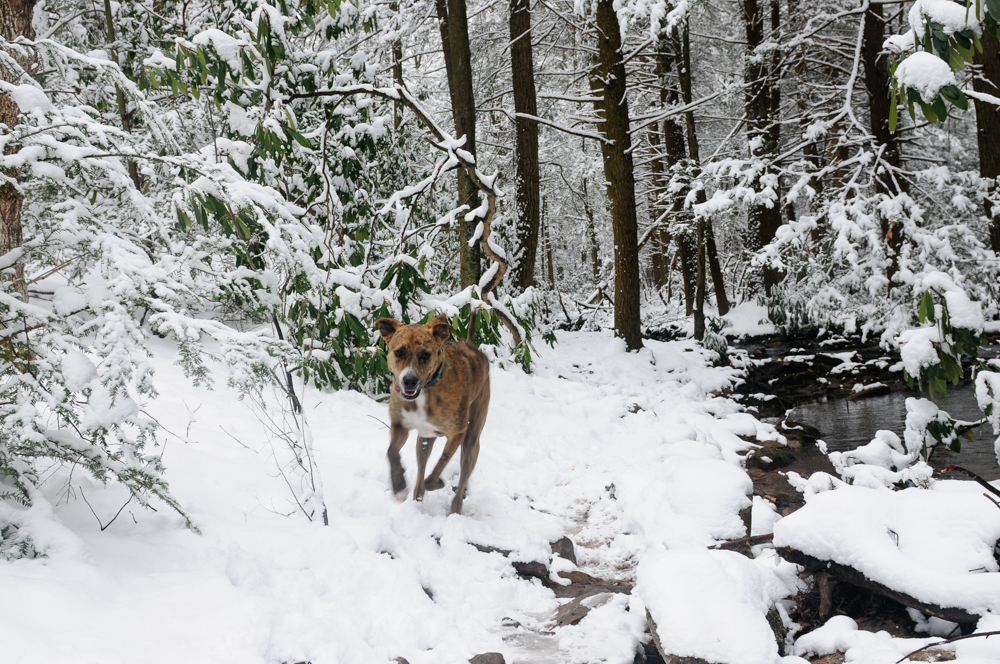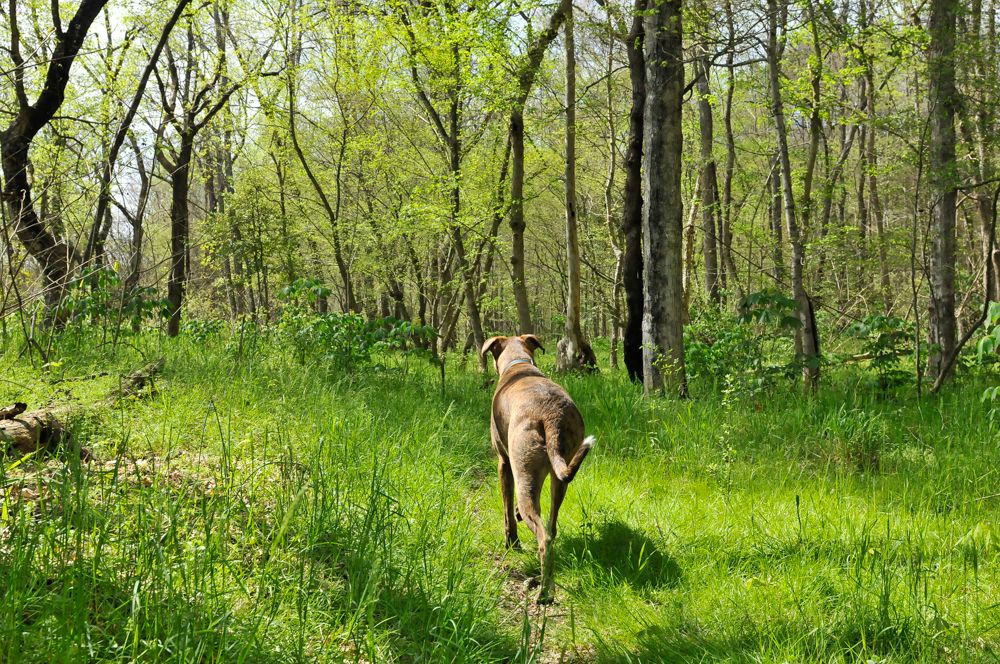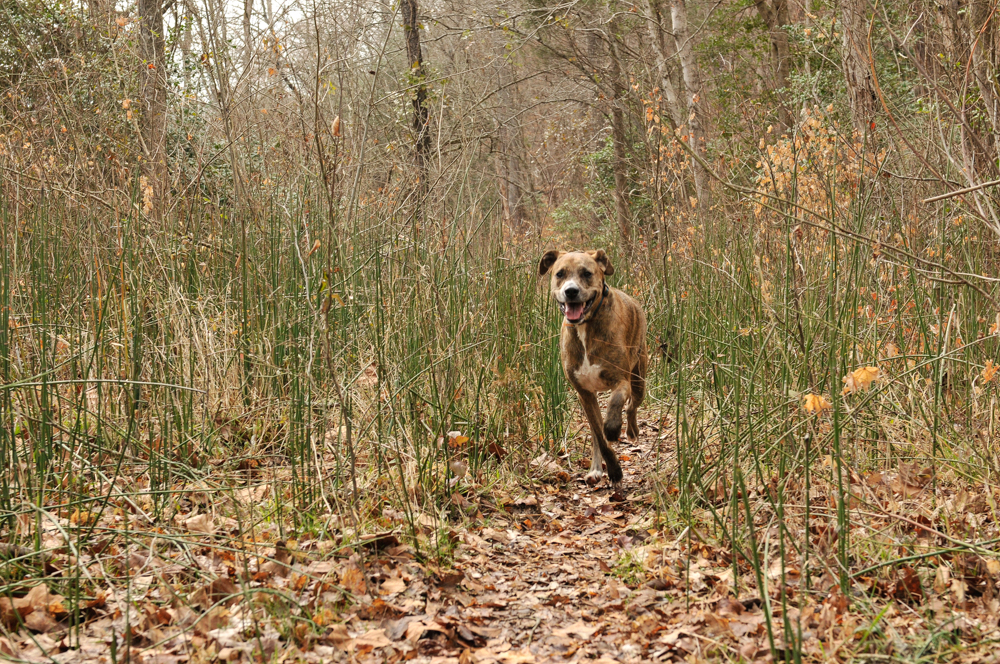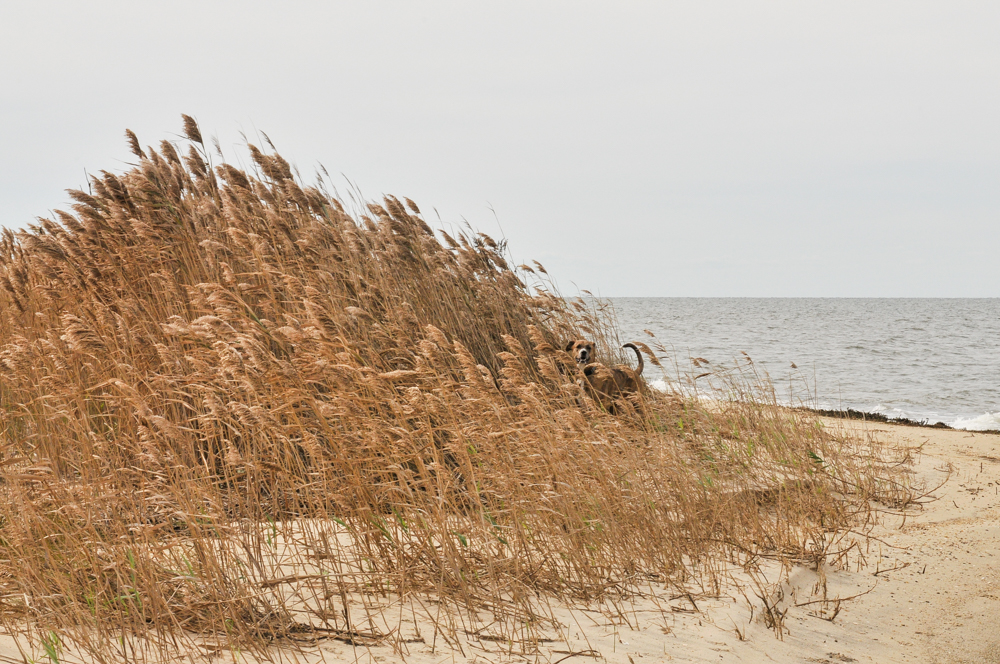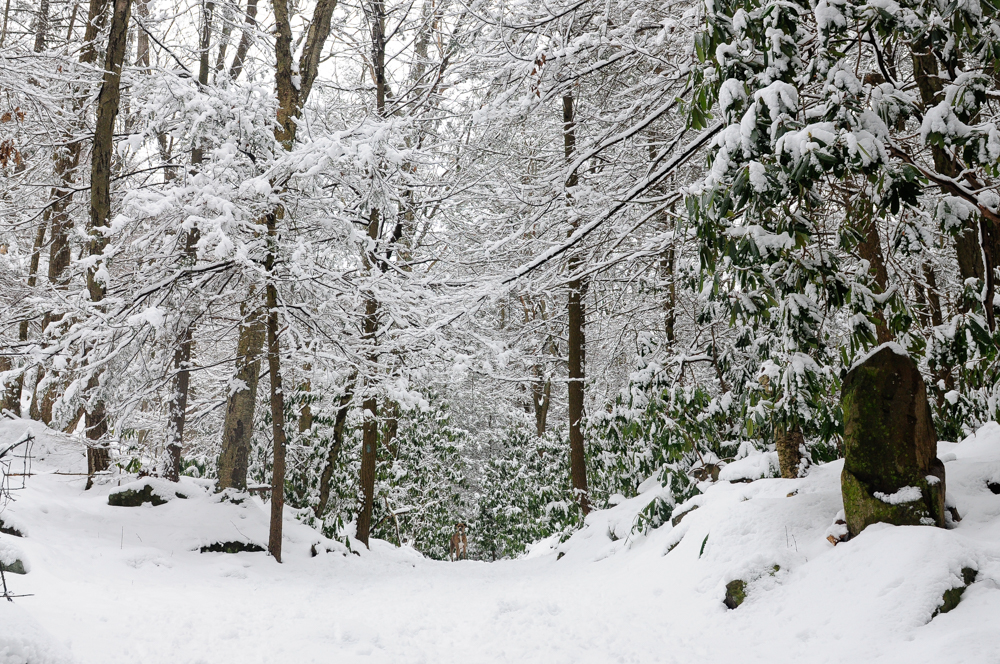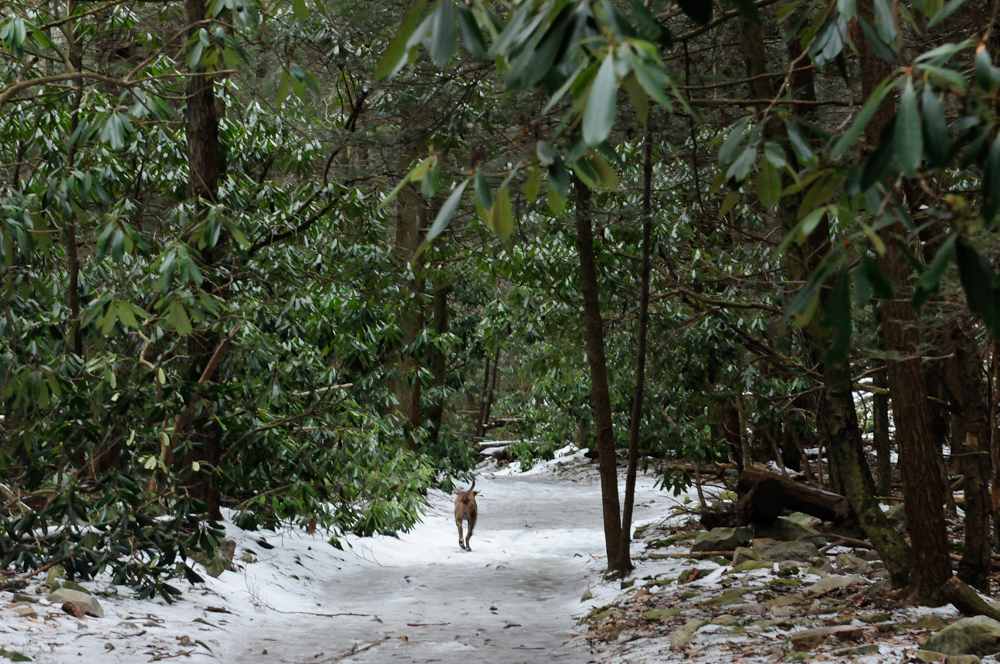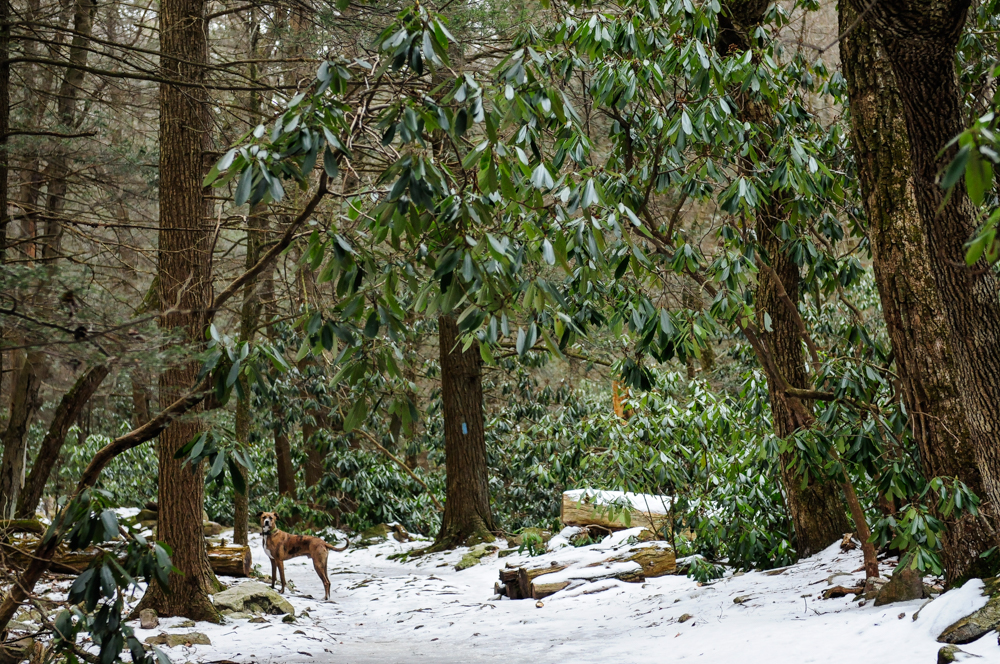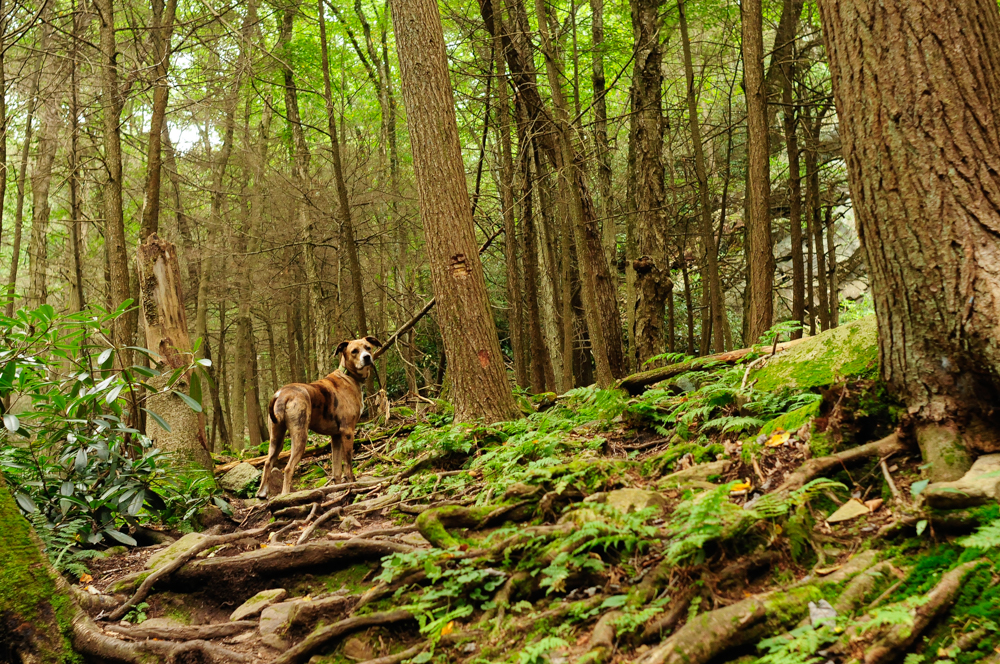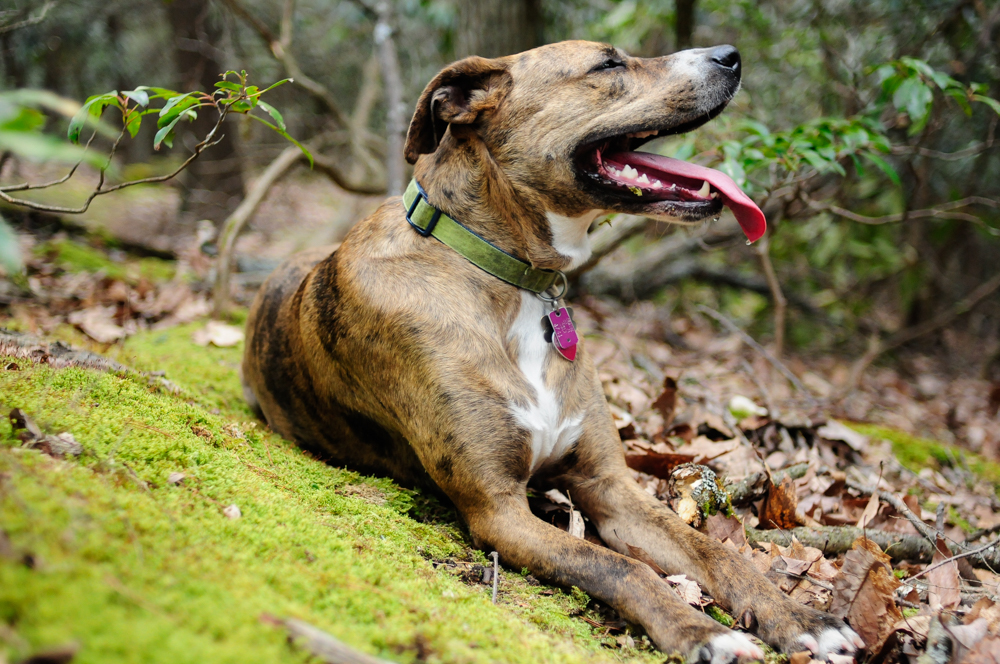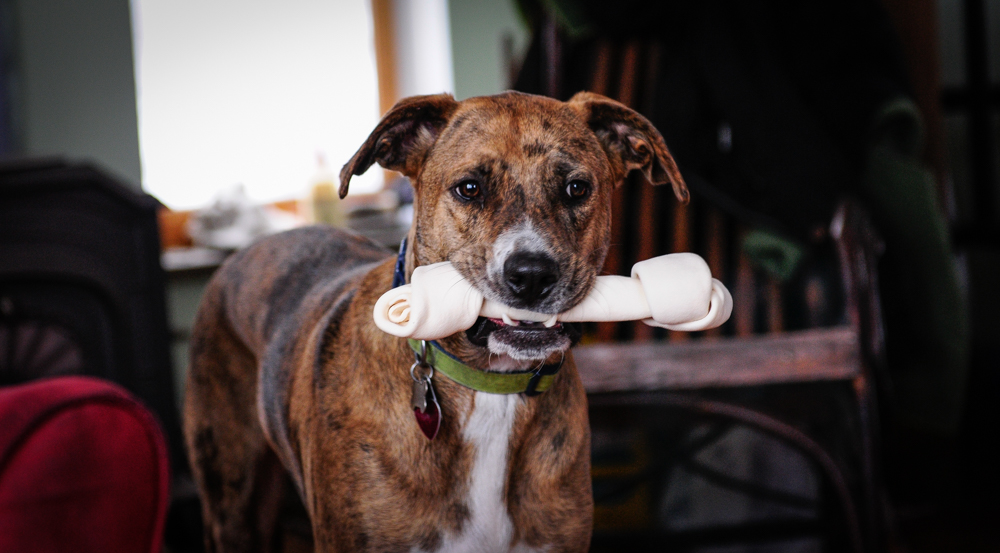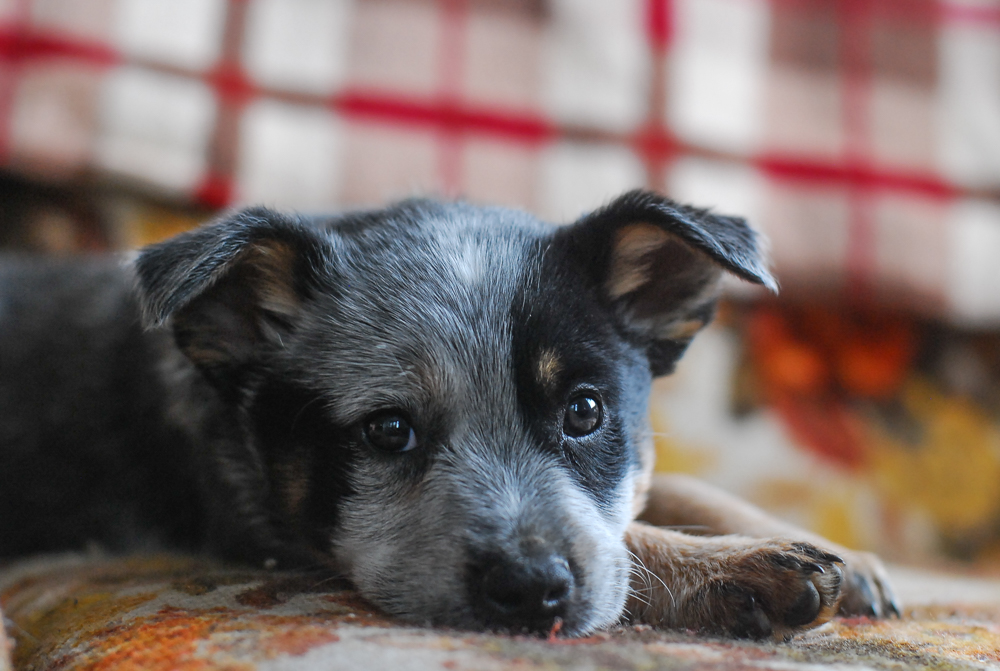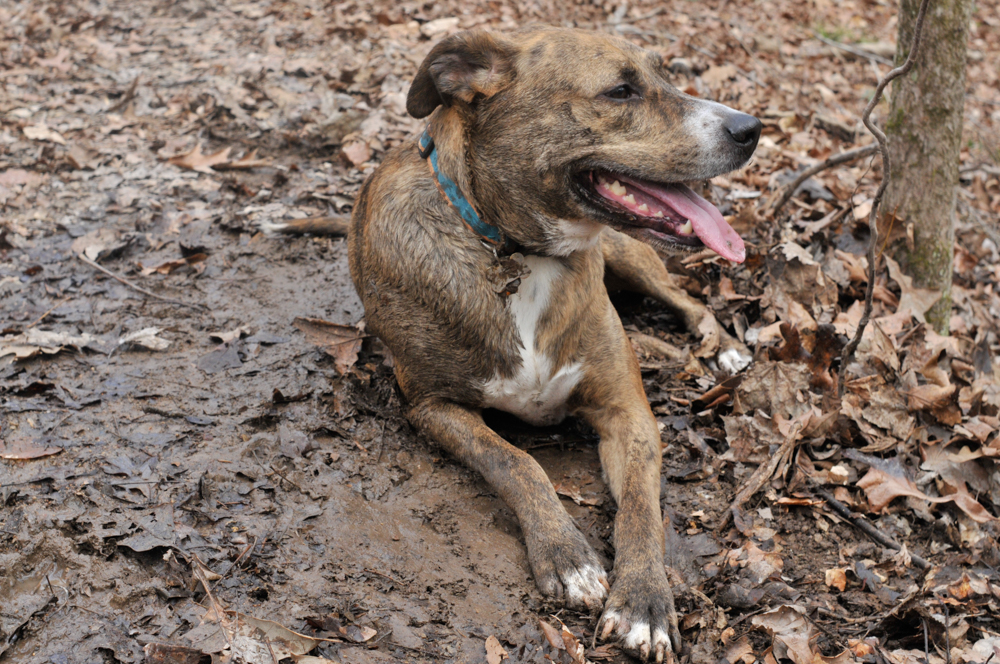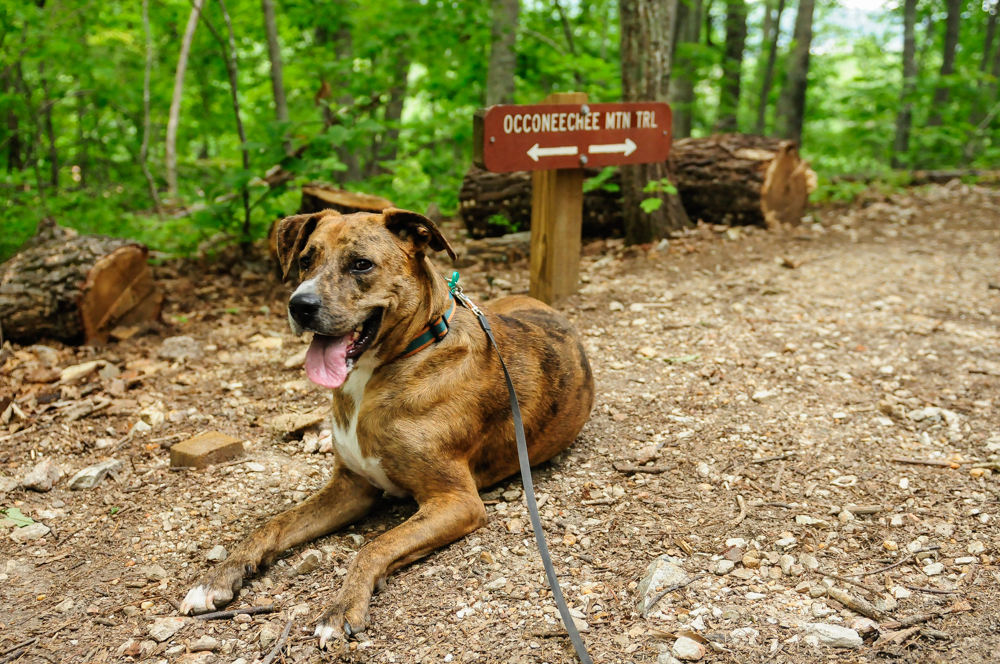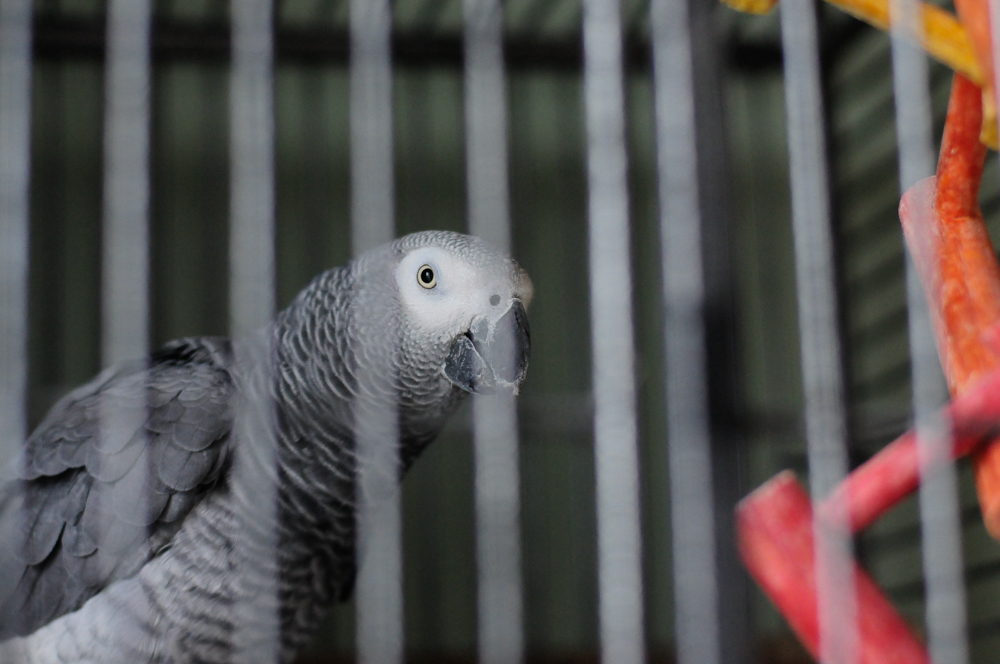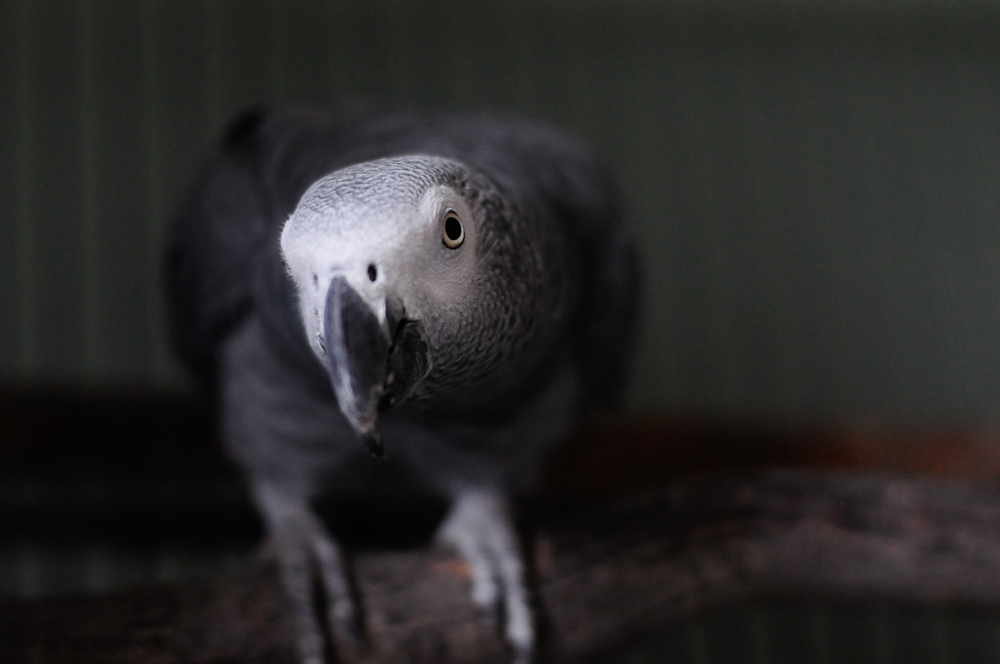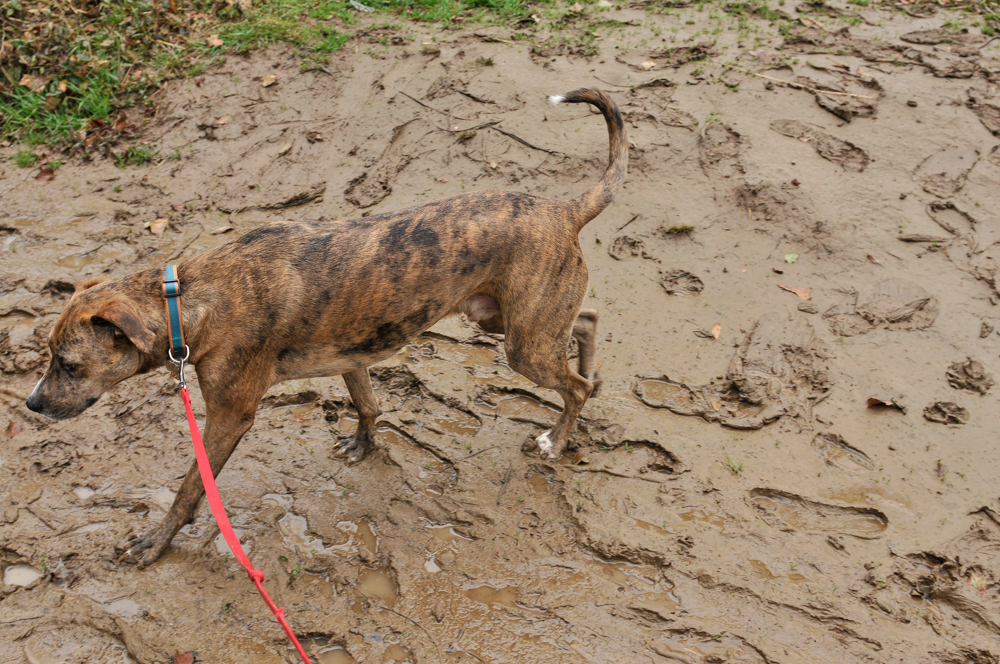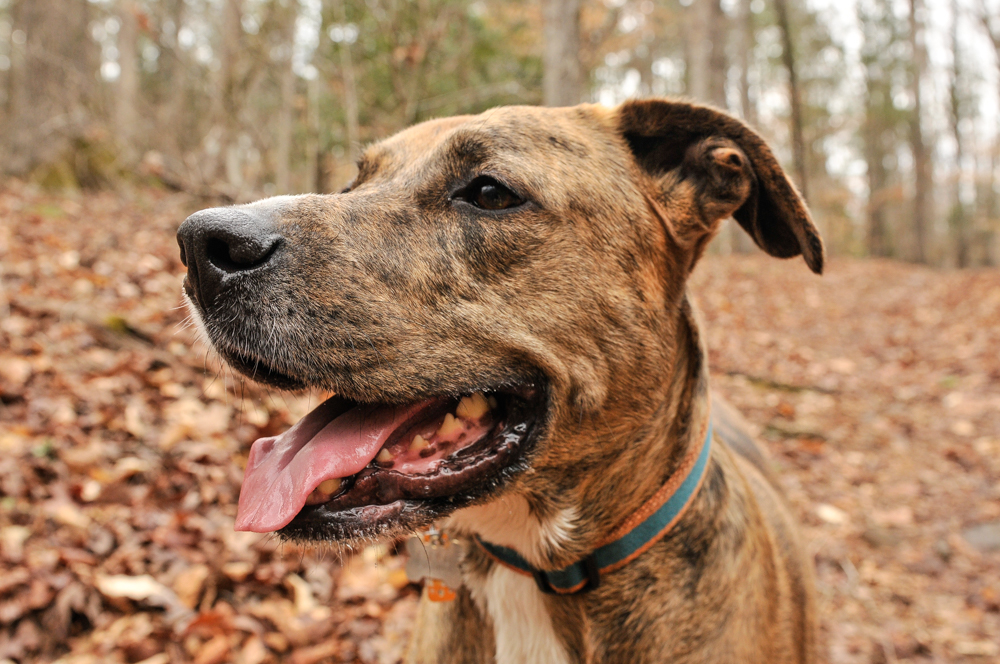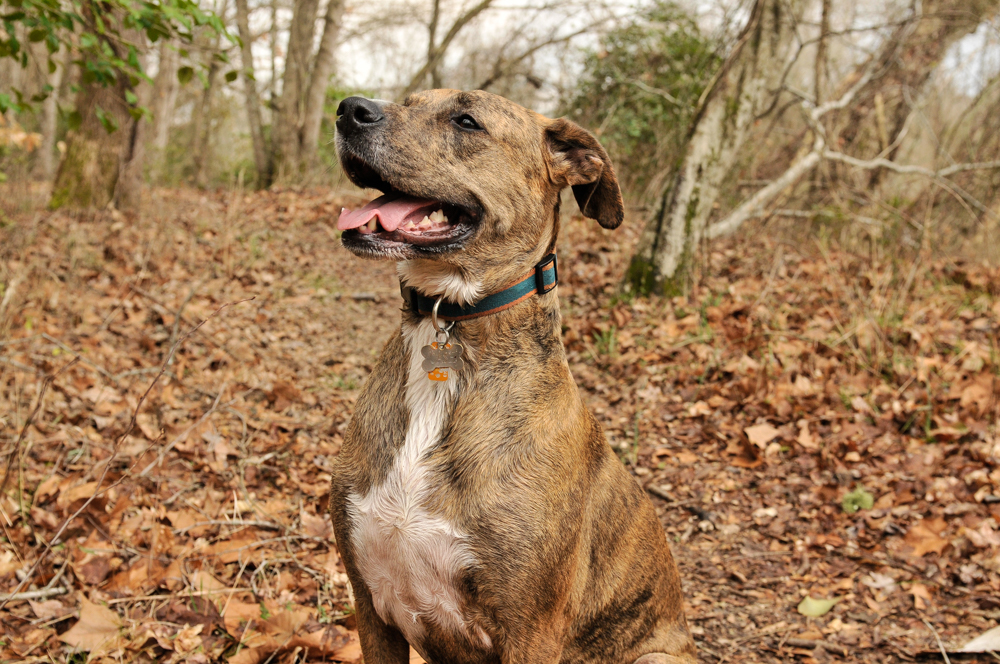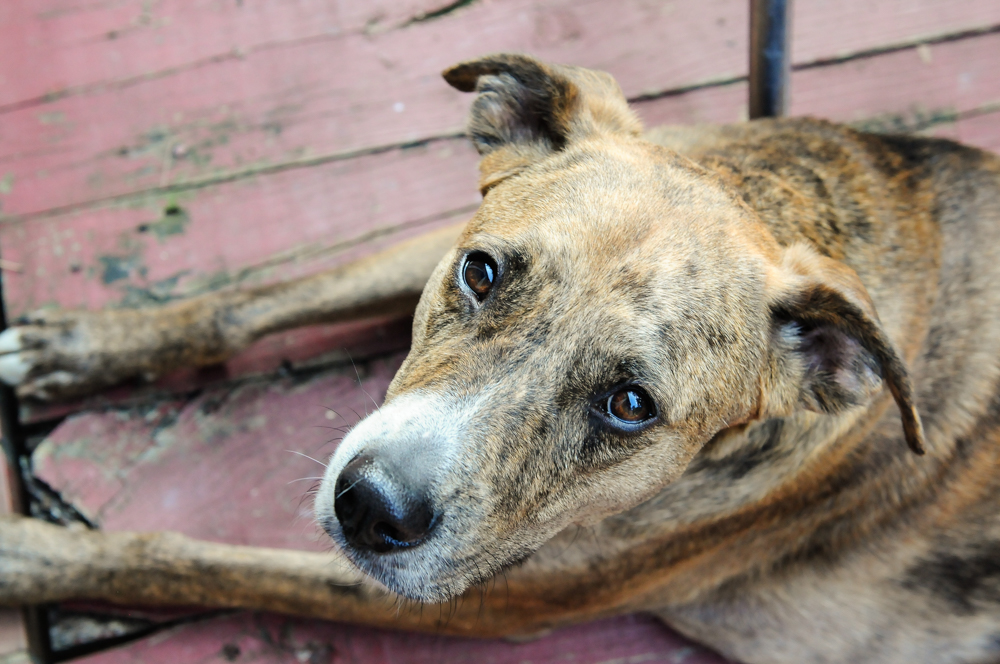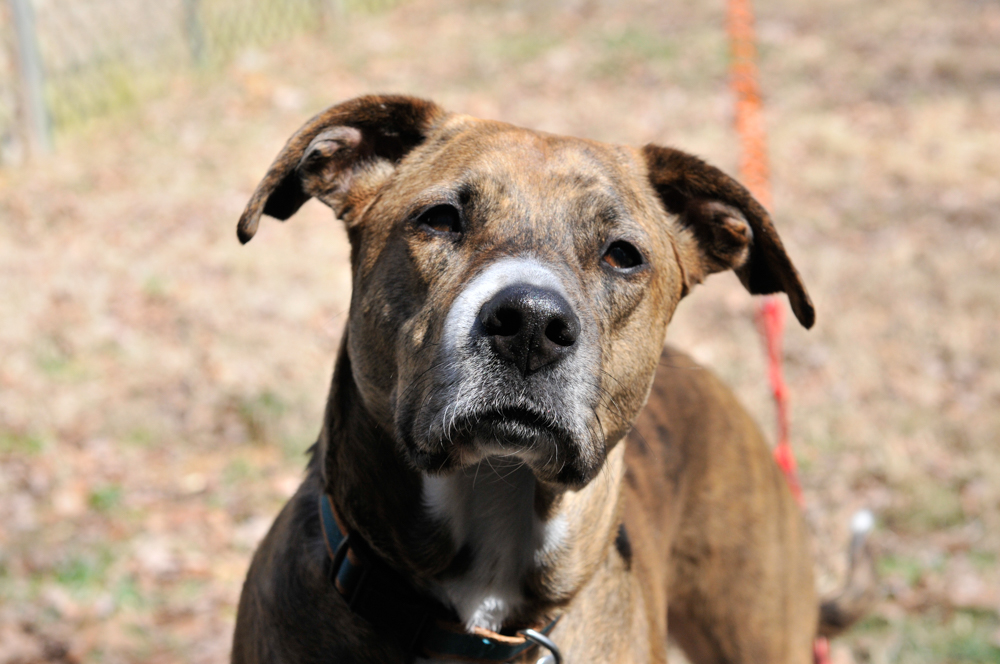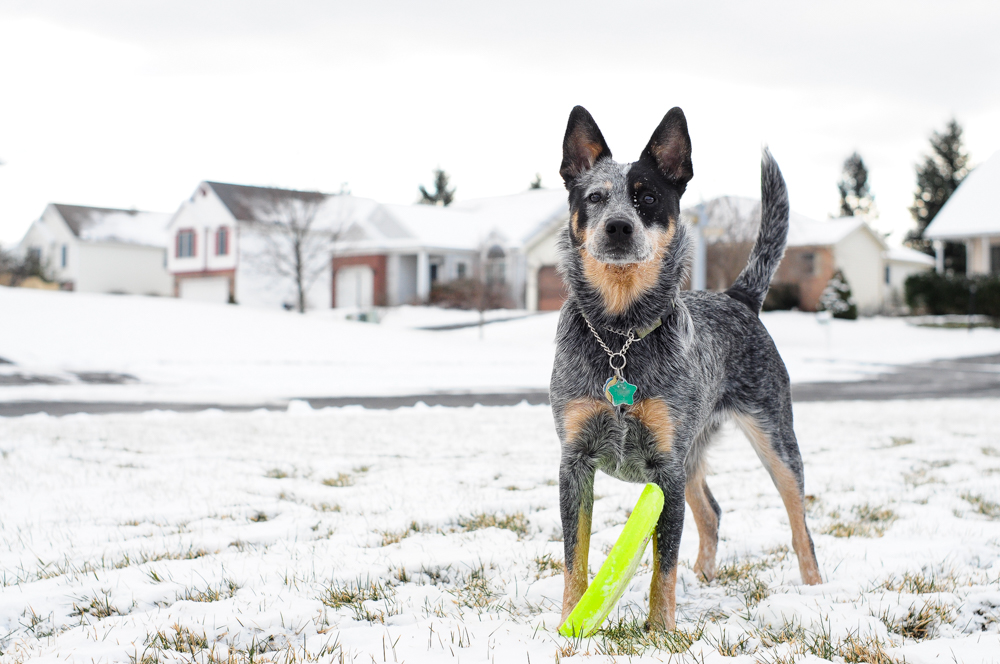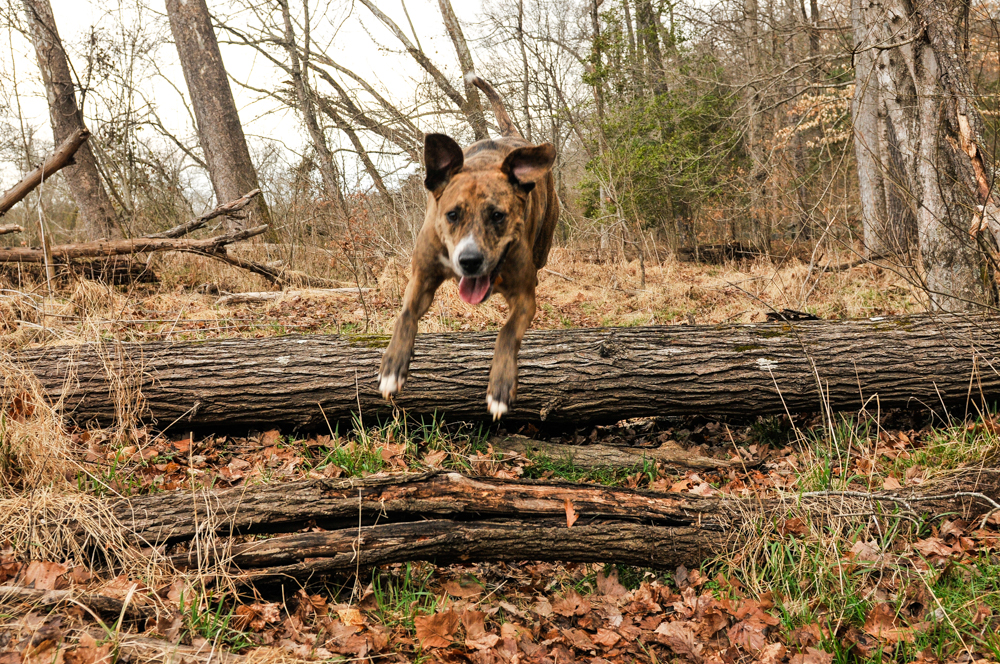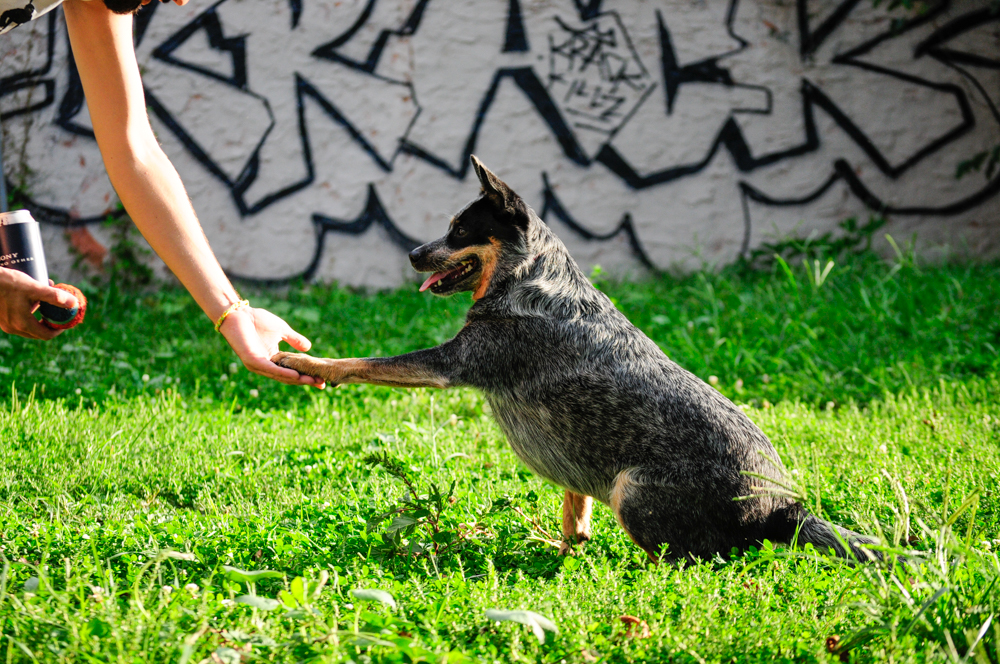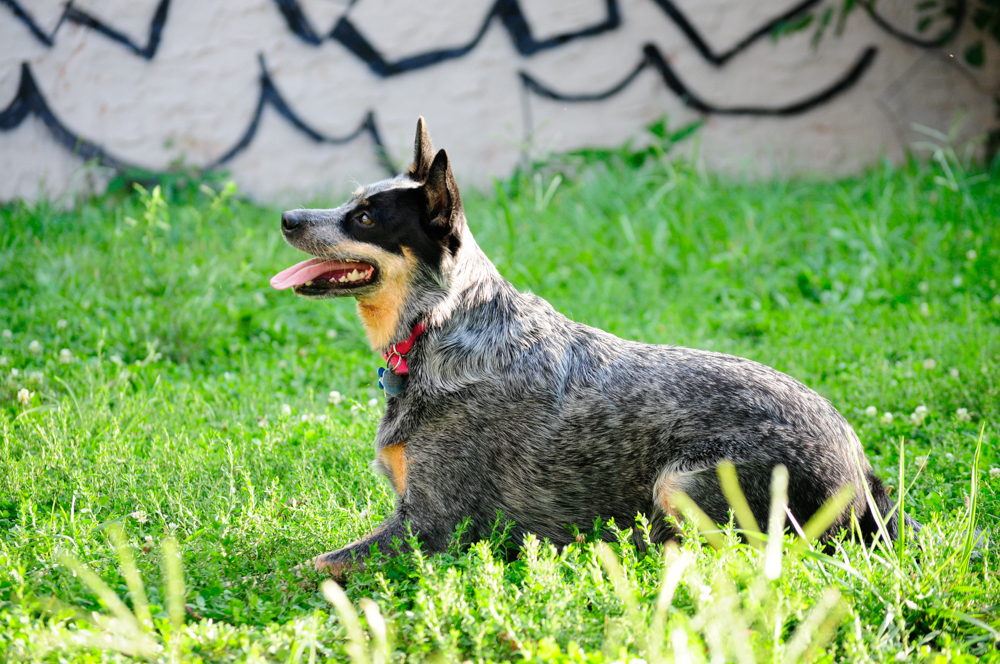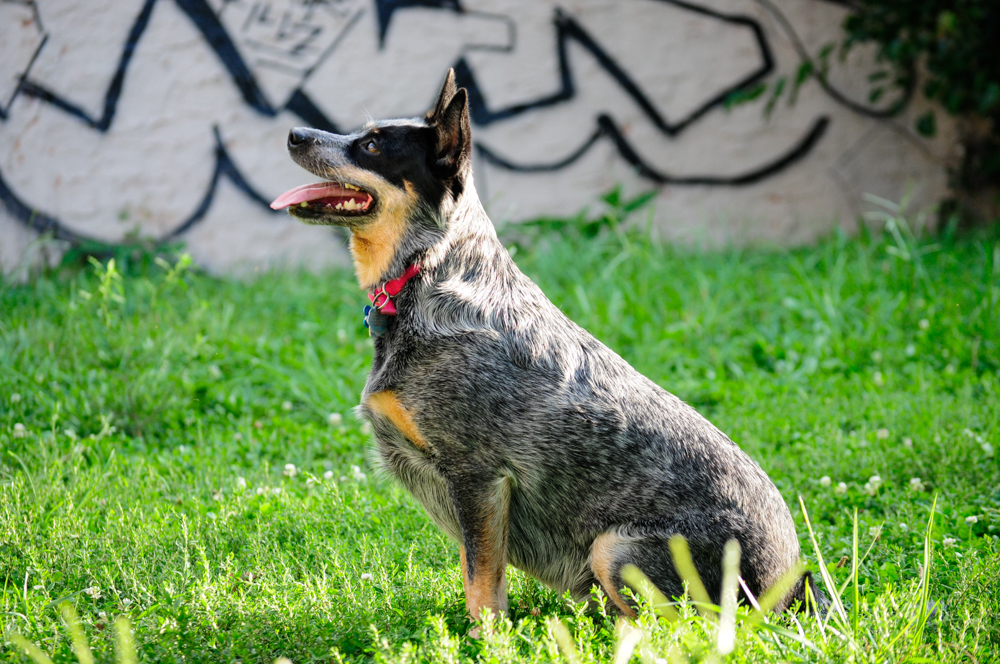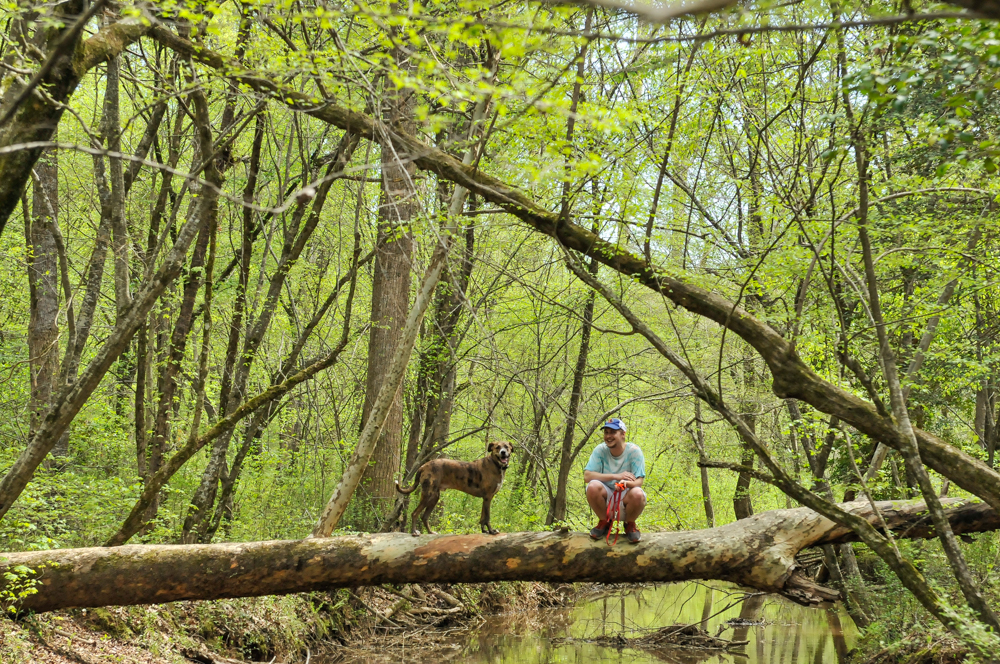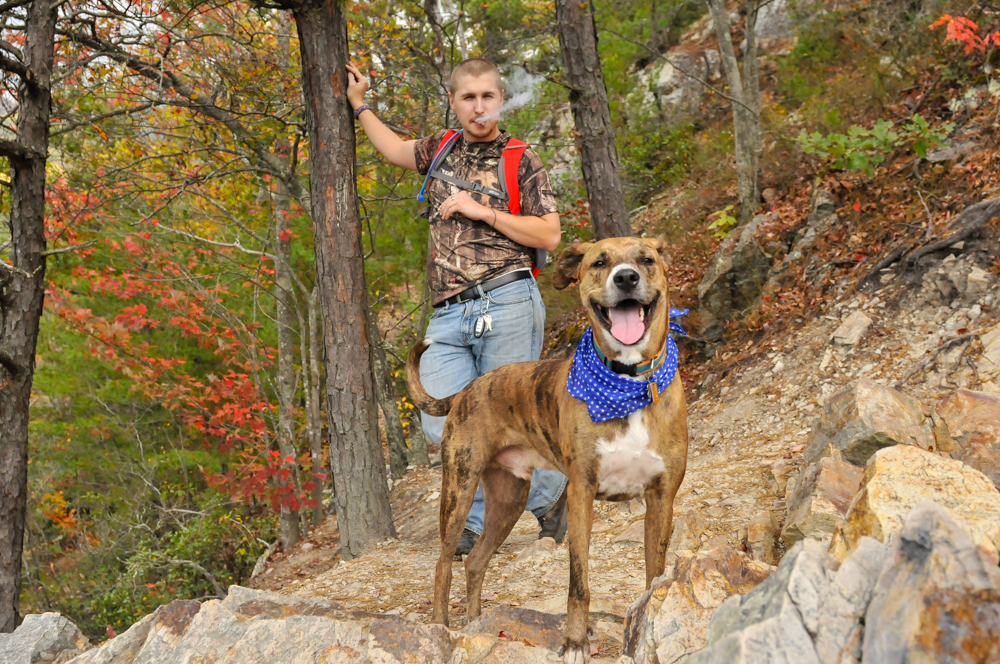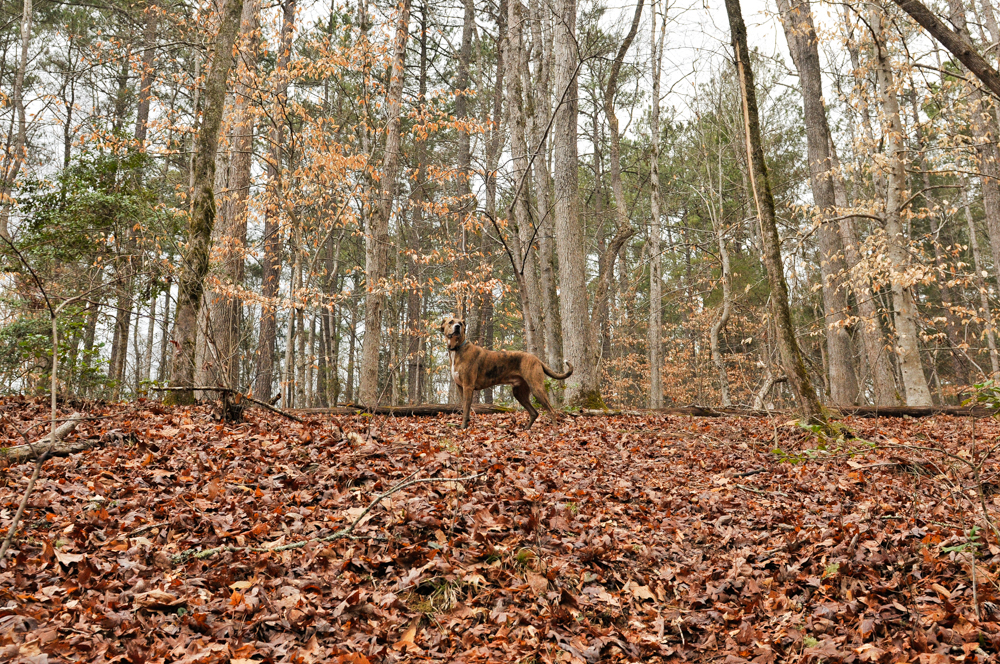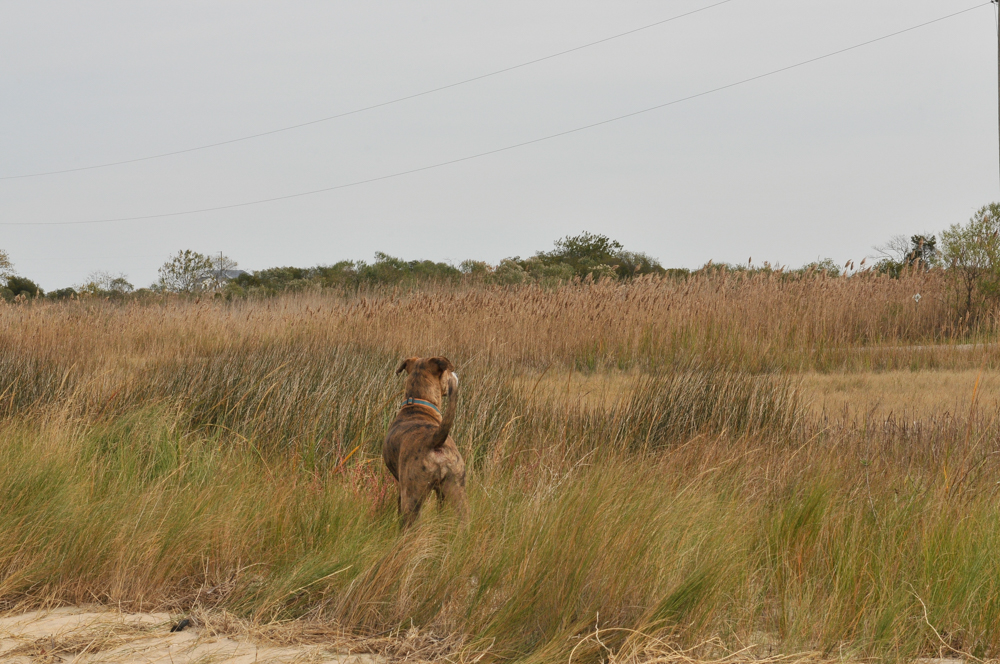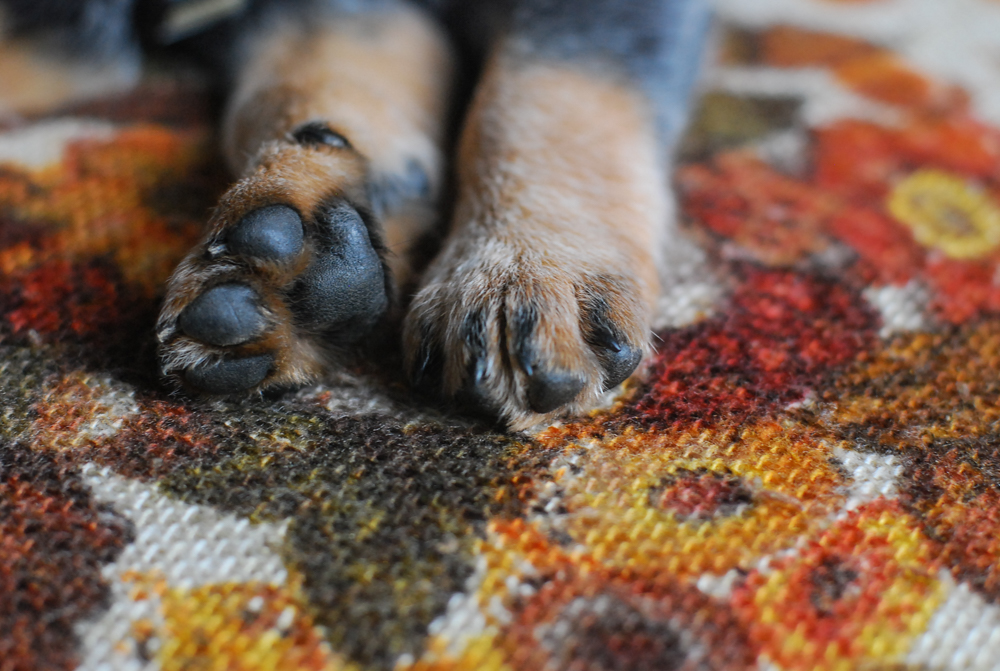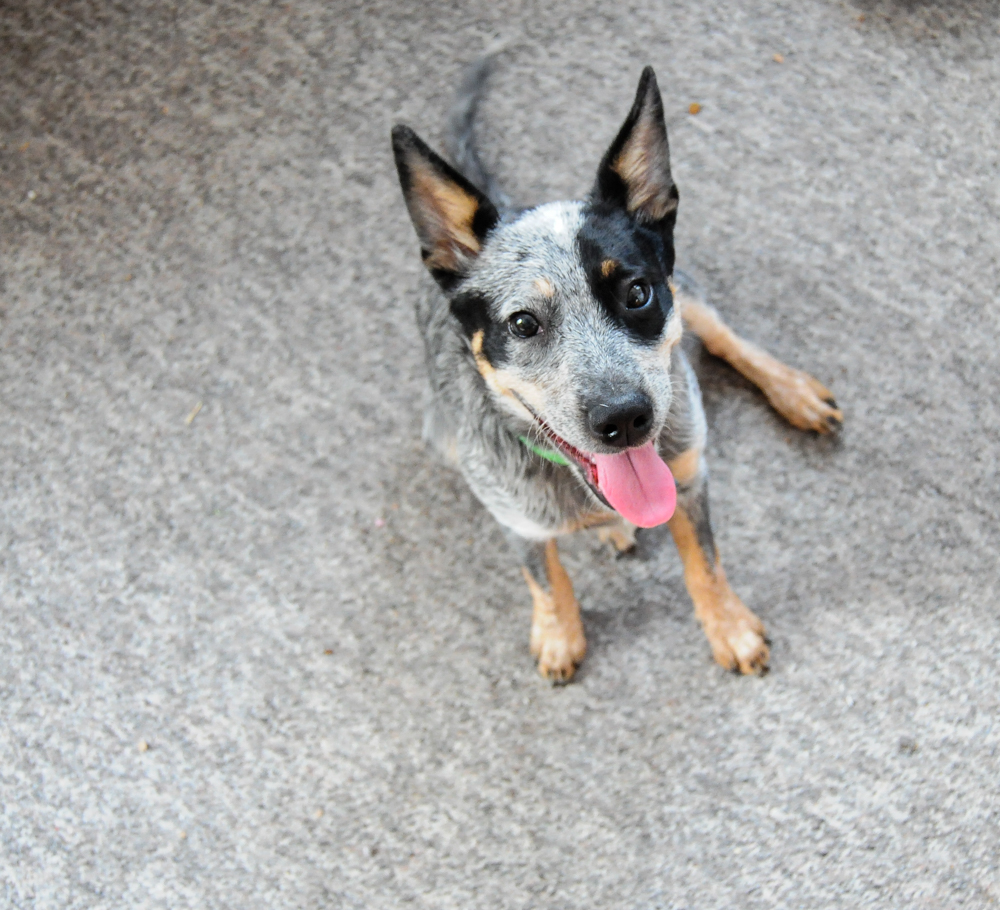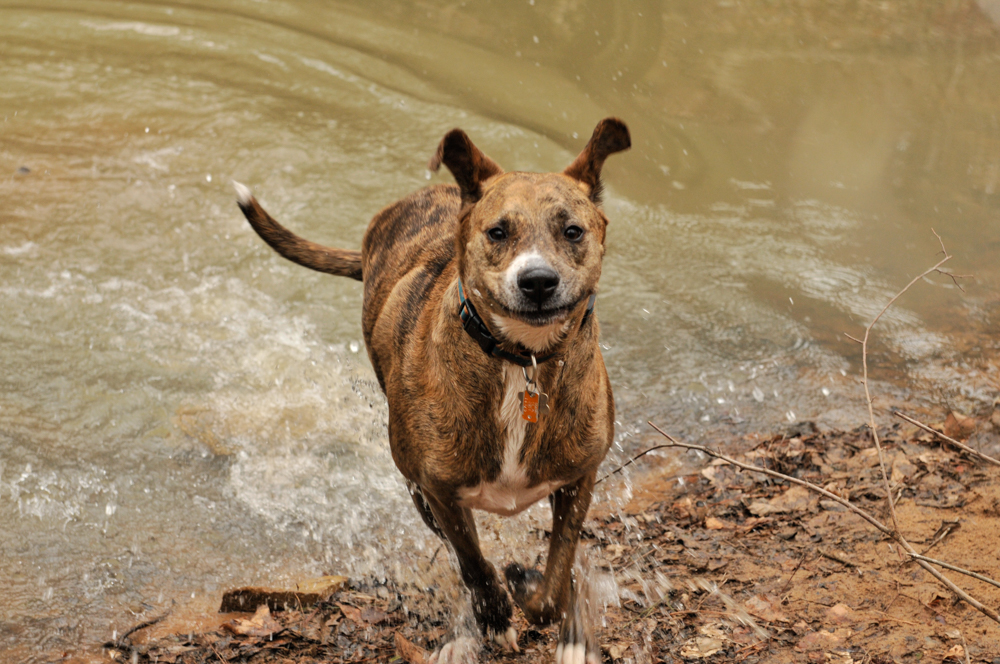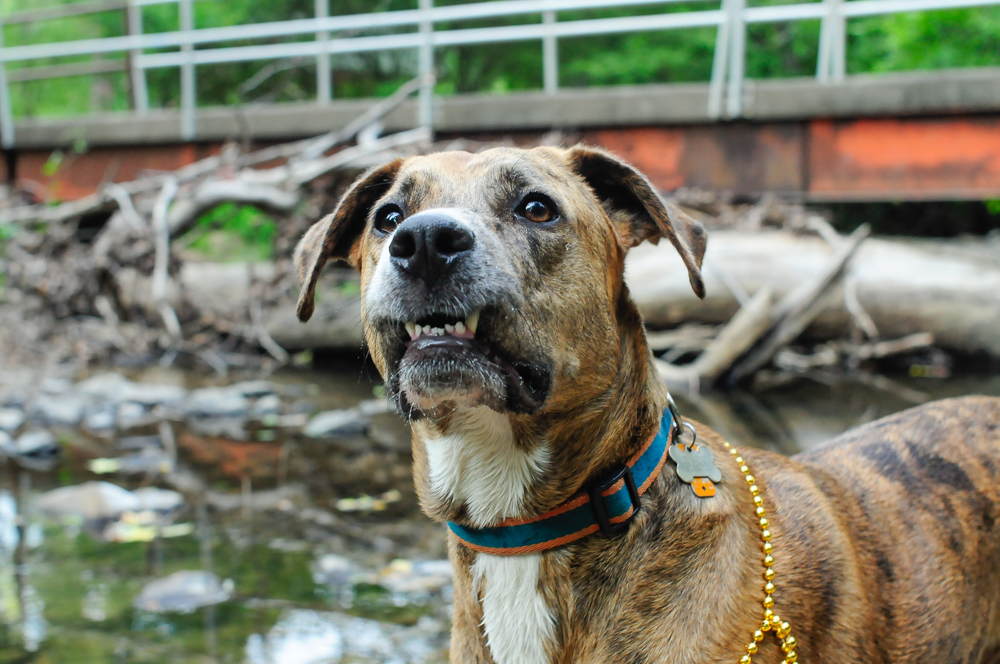Apparently we loooove giving advice. Here’s a whole archive of How To: posts. Often times we’re chatting about travel or sharing photography tips.
Happy Monday! We’re keeping it light today with How To: Photograph Pets. One of my favorite photography subjects is my dog, actually any dog or cat or bird. I love animals therefore I’m always trying to take stellar images of them. Added bonus? Photos of pets make the best presents. Read on for ten simple tips to create better pet portraits.
1. Let the pet’s character shine through:
What is special or lovable about your pet? Is there a way to show that in the photograph? Does your animal give off a lazy, tricky, proper, playful, or friendly vibe? What is his or her favorite thing to do? Think about how you’d like your pet portrayed and use the photo shoot setting and added props to depict his or her traits. Cash looooooooves water. He seems to always look the happiest and most natural when he’s in the middle of a creek.
2. Choose your setting wisely:
Taking into account your pet’s character, choose a great setting for him or her to be photographed in. Does your cat spend half her day in bed? Does your dog enjoy running in the woods? Is your pup a swimmer? Whether you choose a natural landscape setting or an indoor space, try to minimize the distractions in the background. Rules are meant to be broken though, if the background adds a lot to the image – like these forest shots, it will only add to the image. I love Cash’s camouflage and ability to get lost in a scene so often time I capture that. Those are the scenes that speak to me.
3. Make sure Chester is well fed and a little sleepy:
Like humans, animals are generally happier and more well behaved if their bellies are full. I find it helpful if the cat or dog is a sleepy too. Then there’s less nervousness and jittery feelings about the huge camera in their face.
4. Lose the leash or cage:
Portraits of pets are meant to humanize them in a way. We want to see how your pet fits perfectly into your life. If there is a leash or cage in the way it reminds the viewer that this is an animal instead of one of the family. The restraints are distracting and they add a human to animal barrier. I think photos with leashes are bearable, but it gives me an underlying sense that the animals lost a sense of freedom.
5. Get on their level:
This rings true for shooting kids as well, get down low so you’re on or below their eye level. There are always exceptions to this, but usually it’s common sense to be directly in front of your subject’s noggin instead of three feet above it shooting down.
6. It’s all about the eyes:
Which is another great reason to be down on your pet’s level. If the eyes are out of focus, the image is usually garbage. It’s not enough to have the eyes in focus though, you need them to look alive. Catchlights in the eyes help immensely, just look at the comparison above. If you want your pet to look directly into the camera, it’s also helpful to minimize distractions – usually these portraits are best taken indoors or when there is a treat right in front of the camera.
7. Photograph the action:
Have your pet play, run, jump and lick. If all your portraits are simply your pet looking at the camera, your photo album is going to be boring. Think of activities your pet enjoys and photograph them.
8. Work with a partner:
If you have someone else along on the photo shoot, #7 is a lot easier to achieve. It’s always helpful to have someone standing behind you calling your pet’s name or throwing a ball to him or her. If I have a camera up to my face, my dog usually won’t look directly at it. I whistle, use a squeaker, and throw him treats to get his attention.
9. Include your pets favorite people:
Photographing your pet interacting with people will demonstrate how loving and friendly he or she is. Try to keep the posing natural though so that your pet stays comfortable throughout the shoot. My dog gets strangely suspicious if we try to get him to do things like making him stand on something or positioning him next to things, so we avoid it lest he act like a maniac for the rest of the shoot.
10. Zoom in – zoom out – whatever you do keep shooting:
If I want a really sweet portrait of a pet, I’ll get really close to the subject and isolate him or her. I’ll make sure the background is blurry or nondescript and I’ll focus on the eyes and face. If I want more of a story to the image, I’ll find a beautiful backdrop and focus on the entire scene. Choosing the composition and setting of the image is all about envisioning the result before you begin shooting, but it’s also about dealing with the situation at hand. You can plan all you want, but you may go in a totally different direction depending on the mood of the animal, the weather, or the equipment you’re using. Whatever you do, just keep shooting. Even if you end up with images you hate (that happens to me all the time) the practice and experienced gained will be worth it. Oh and you’ll probably end up with a hilarious blooper real.
Recommended Camera Settings
- White Balance – This depends on your light source. It’s okay to leave your WB on Automatic, but it’s best to set it each time you pick up your camera.
- ISO – 200-800 would be best. ISO should always be set at the lowest number possible for the scene you’re shooting in. Know that the lower the ISO, the better the overall quality of photo file.
- Shutter Speed – Fast! Animals move quickly. First and foremost, you want to freeze the action and avoid blurry photos so always shoot at least 1/250 of a second, most likely 1/500 or faster if available light allows. Photographing pets is a great time to use S-Priority mode.
- Aperture or Fstop – Depends on the situation, but I tend to lean low, like 2.8. I like a shallow depth of field to keep the central focus of the photo on the animals, not on the busy background, but this really depends on the scene. You’ll develop your own preferences over time.
- Shoot on Continuous Shooting or Burst mode so that you don’t miss a moment.
- AF – Use automatic focus mode if possible. It is much easier than trying to focus manually, although I do that quite a bit too.
- Stand back and zoom in. This is always a good move when it comes to portrait photography, but especially with pets. Cameras and lens are large and confusing, you want the pets to look natural not terrified. Also, if the animal is running towards you, standing further away gives you time to zoom out as they run into the frame. That being said, sometimes I use a wide angle lens to add a little character to the shot. Again, rules are meant to be broken.
- F*ck the on-camera flash. Always.
- *If your pet is black, try overexposing the image a little bit. If your pet is white, try under exposing the image a little bit. You should gain a bit of clarity and detail in each of these situations.
- **I was going to include the aperture, shutter speed and ISO for each of these images, but that would have taken me a long a$$ time. If you’re ever curious about what settings were used to take a photo on this site (or most others) simply save the image to your desktop and then right click and hit ‘get info’ and you’ll see all the information right there.
I’ll leave you with a face only a mother could love. <3

